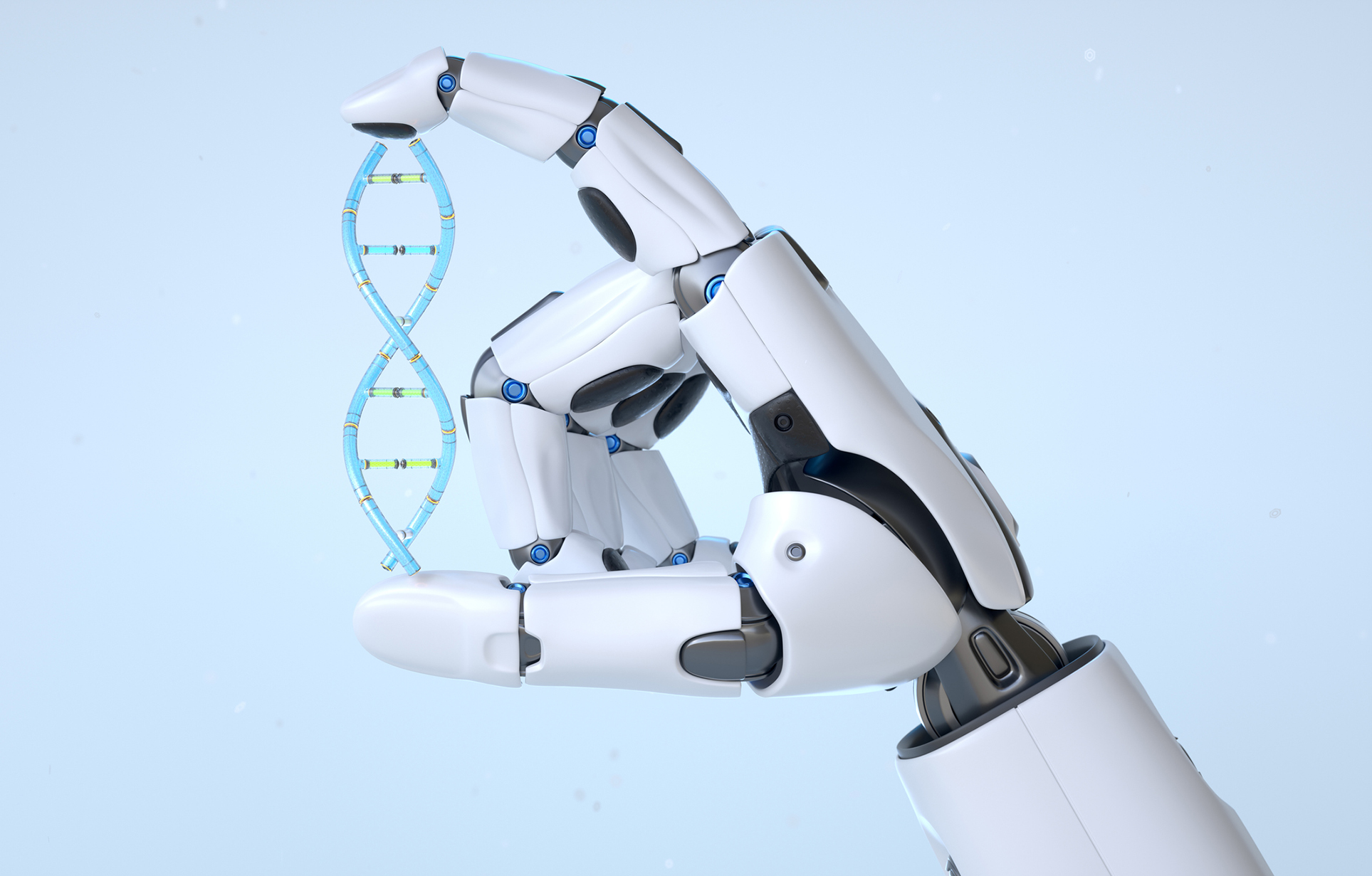A new artificial intelligence tool that interprets medical images with unprecedented clarity does so in a way that could allow time-strapped clinicians to dedicate their attention to critical aspects of disease diagnosis and image interpretation.
The tool, called iStar (Inferring Super-Resolution Tissue Architecture), was developed by researchers at the Perelman School of Medicine, who believe they can help clinicians diagnose and better treat cancers that might otherwise go undetected. The imaging technique provides both highly detailed views of individual cells and a broader look of the full spectrum of how people’s genes operate, which would allow doctors and researchers to see cancer cells that might otherwise have been virtually invisible. This tool can be used to determine whether safe margins were achieved through cancer surgeries and automatically provide annotation for microscopic images, paving the way for molecular disease diagnosis at that level.
A paper on the method, led by Daiwei “David” Zhang, a research associate, and Mingyao Li, a professor of biostatistics and digital pathology, is published in Nature Biotechnology.
Li says that iStar has the ability to automatically detect critical anti-tumor immune formations called “tertiary lymphoid structures,” whose presence correlates with a patient’s likely survival and favorable response to immunotherapy, which is often given for cancer and requires high precision in patient selection. This means, Li says, that iStar could be a powerful tool for determining which patients would benefit most from immunotherapy.
“The power of iStar stems from its advanced techniques, which mirror, in reverse, how a pathologist would study a tissue sample,” Li says. “Just as a pathologist identifies broader regions and then zooms in on detailed cellular structures, iStar can capture the overarching tissue structures and also focus on the minutiae in a tissue image.”
Read more at Penn Medicine News.








